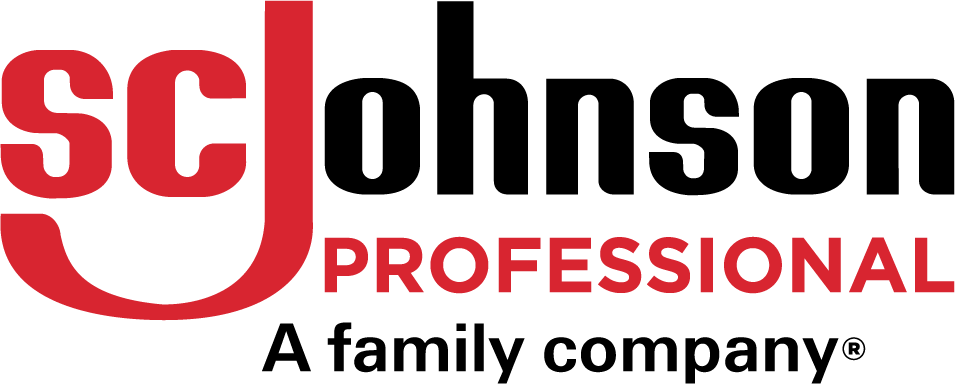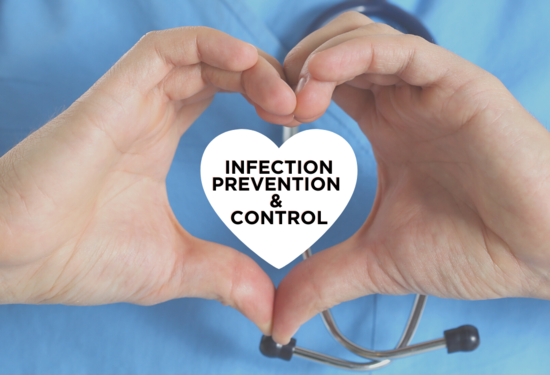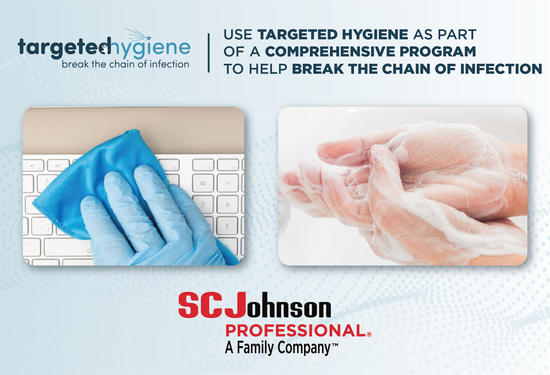Top Dispenser Tips for Driving Safety Protocol
By SC Johnson Professional, Healthcare
Patient safety goes far beyond the act of simply washing your hands and disinfecting high-touch surfaces. It’s also dependent on the availability and accessibility of the dispenser and hand soap and sanitizer. Hand soap, sanitizers and creams are usually offered via wall-mounted touch or automatic touchless dispensers. Still, they are not always designed for environmental services (EVS) workers to easily monitor product levels. This could pose a risk to the well-being of employees as not having enough product inhibits their ability to wash and sanitize appropriately.
Using a well-designed dispenser is vital when following hygiene protocols closely. You may be thinking, “aren’t all dispensers the same?” Well, the answer is no. Having robust, reliable, and durable dispensers and placing them in key areas promotes the well-being of patients, workers, and the healthcare environment.
Product Reliability and Visibility are Key
For example, SC Johnson Professional’s Proline® Quickview™ dispenser system offers the ultimate product level visibility. It’s designed with a transparent cartridge, making maintenance easier and making the fill level visible instantly from all angles. Why is this so important? Because it reassures users that there is enough product to use and helps staff know when cartridges need changing without the tedious process of opening the dispenser to check levels.
The Proline® Quickview™ dispenser system features a unique, closed, and sealed cartridge dispenser that meets the distinct needs of healthcare facility environments. The dispensers have unique locking mechanisms to prevent unauthorized access, and the hygienically sealed cartridges help prevent contamination of the soap or sanitizer. Additionally, the sanitizer and soap dispensers are color-coded for easy identification in healthcare units.
Proper hygiene in healthcare facilities helps slow the spread of infectious diseases and protecting high-touch surfaces could play an important role. The Proline® Quickview™ manual dispenser buttons are exclusively protected with *BioCote® - a silver-based antimicrobial agent that is incorporated into plastic components at the time of manufacture and inhibits the growth of a broad spectrum of bacteria and molds. While this technology is not a substitute for good hygiene and/or cleaning practices, the antimicrobial agent reduces bacteria and mold on the surface of BioCote® treated button within as little as 2 hours and achieves up to 99.99% reduction over a 24-hour period. BioCote® will not wear out or rub off and is effective for the lifetime of the dispenser button. (*BioCote® is a registered trademark of Biocote Limited.)
Additional benefits of The Proline® Quickview™ dispenser system include:
- Easy to install: Install the dispenser in any space you see fit. We provide thorough installation protocol to help ensure dispenser transitions are completed with minimal inconvenience using a five-step planning and installation process lead by a team of professionals. We can mount dispensers to a wall using adhesive pads or screws or attach them to one of our SC Johnson Professional® Dispenser Stands. These stands adhere to most flat surfaces such as reception desks, nursing stations, countertops, and other suitable locations to serve customer, patient or caregiver needs.
- Easy to secure: The dispensers include lockable covers to prevent unauthorized access and theft of the cartridge and hygienically sealed cartridges to help prevent contamination of the soap or sanitizer.
- Easy to maintain: The transparent design makes it easier for EVS workers to identify when cartridges need to be refilled which helps prevent out-of-stock situations.
On-Location – Where to Place Dispensers
Having enough product in your dispenser is critical, but so is placing dispensers in a convenient area. With the onset of the COVID-19 pandemic, most people may have thought of increasing the number of dispensers in facilities instead of focusing on placement. Take protocols such as The World Health Organization’s “My 5 Moments for Hand Hygiene” into consideration when placing dispensers. The My 5 Moments for Hand Hygiene suggests performing hand hygiene:
- Before touching a patient
- Before clean/aseptic procedures
- After body fluid exposure risks
- After touching a patient
- After touching patient surroundings.[1]
While every healthcare facility is unique, optimizing dispenser placement is necessary. Key areas to place dispensers include:
- Patient rooms: Installing dispensers located where care is frequently performed can help promote proper hand hygiene protocols. The dispenser should be visible as soon as you walk into the room and placed on “walking routes” to make the process easier. A survey found that most healthcare personnel wanted dispensers placed within three feet of the patients’ bed.[2] Placing dispensers out of sight can make staying on top of hand hygiene challenging, which can cause lapses in hand hygiene and potentially spread harmful germs throughout the facility.
- Nursing stations: Patient care begins (and ends) at nursing stations. Nursing stations should supply excellent hand hygiene options as nurses need to perform frequent hand hygiene.
- Hospital entrances: While the COVID-19 pandemic increased hand hygiene protocols for most, not all visitors remember to perform hand hygiene when entering the building. Positioning the dispenser in a visible location could be an important reminder for hospital visitors.
Protecting the Patient, Caregiver and Healthcare Environment
Reliable dispensers that are built to last can help support your hand hygiene protocols. Additionally, placing dispensers in critical areas can help make the hand hygiene process easier for all healthcare workers and improve access to hand sanitizer at the crucial point of care. Supporting hand hygiene protocols transcends the COVID-19 pandemic and will always be necessary, which is why having well-designed and placed hand hygiene options will continue to stay top-of-mind.


